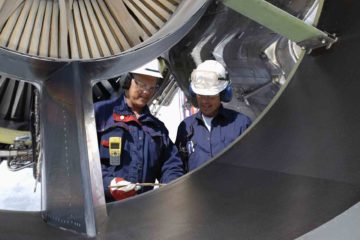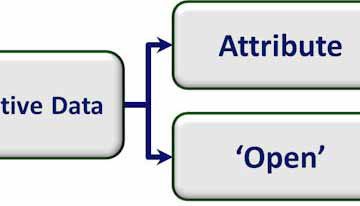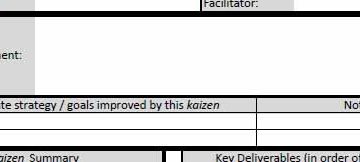Asynchronous Learning
Asynchronous learning is the concept of teaching the same material to students at different times or places. It is also referred to as location independent learning. The format of this material can vary. It is commonly recorded video or audio programs but can be virtually any medium. Asynchronous learning does not imply independent learning. Students communicate about the material after absorbing it. This discussion can be done via forums, and teachers may actually require a Read more…









